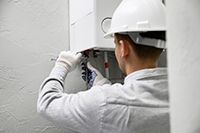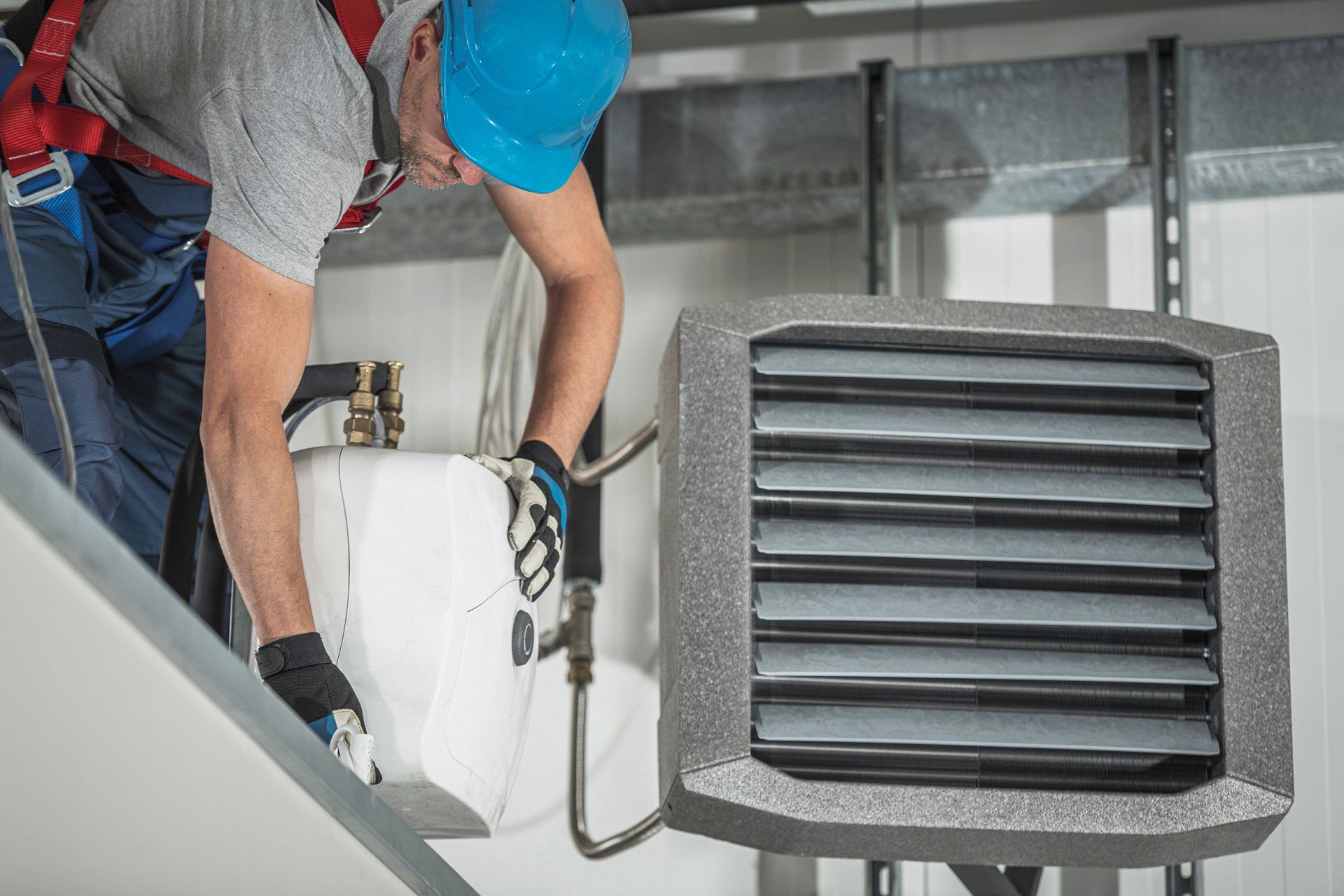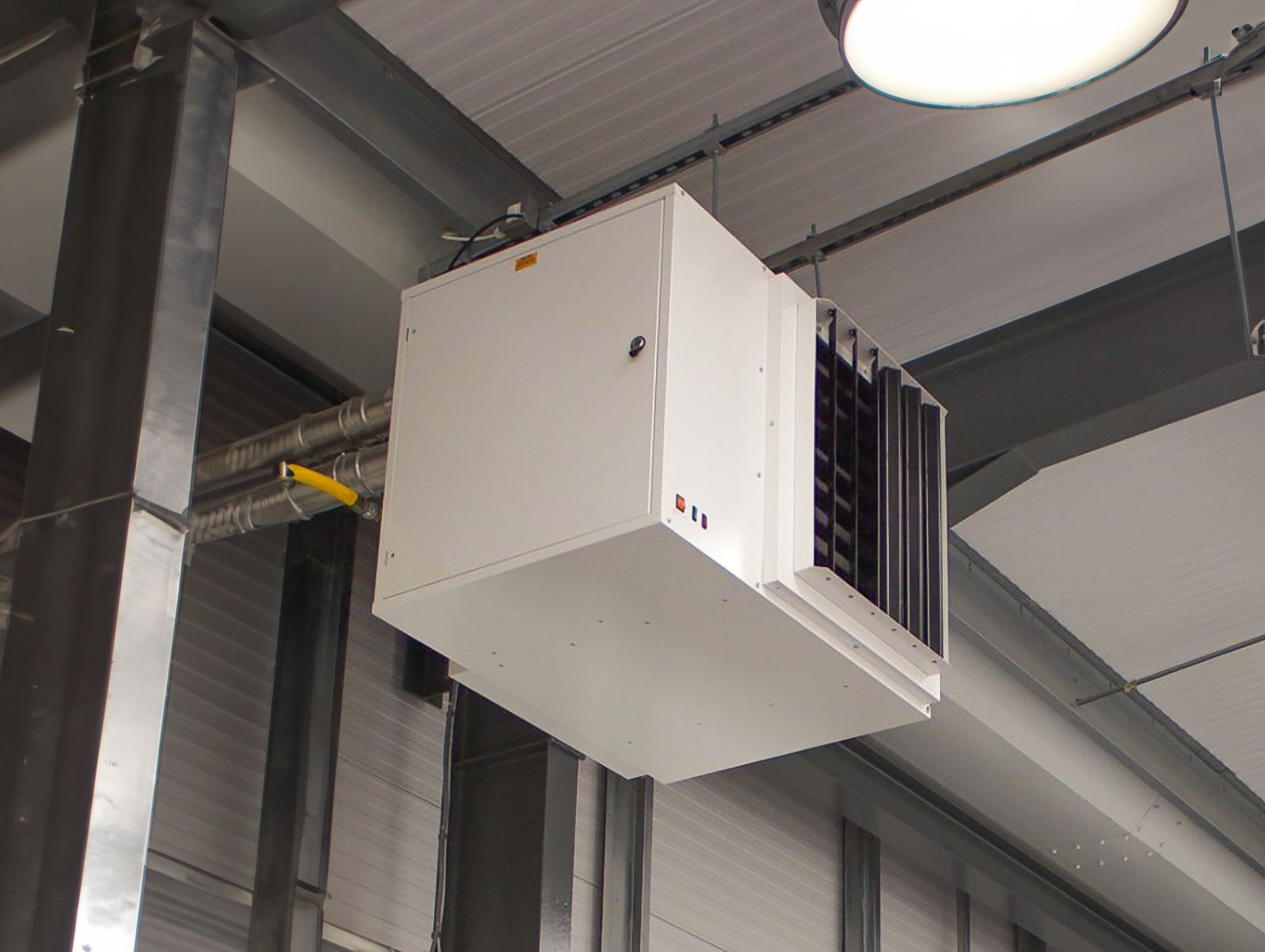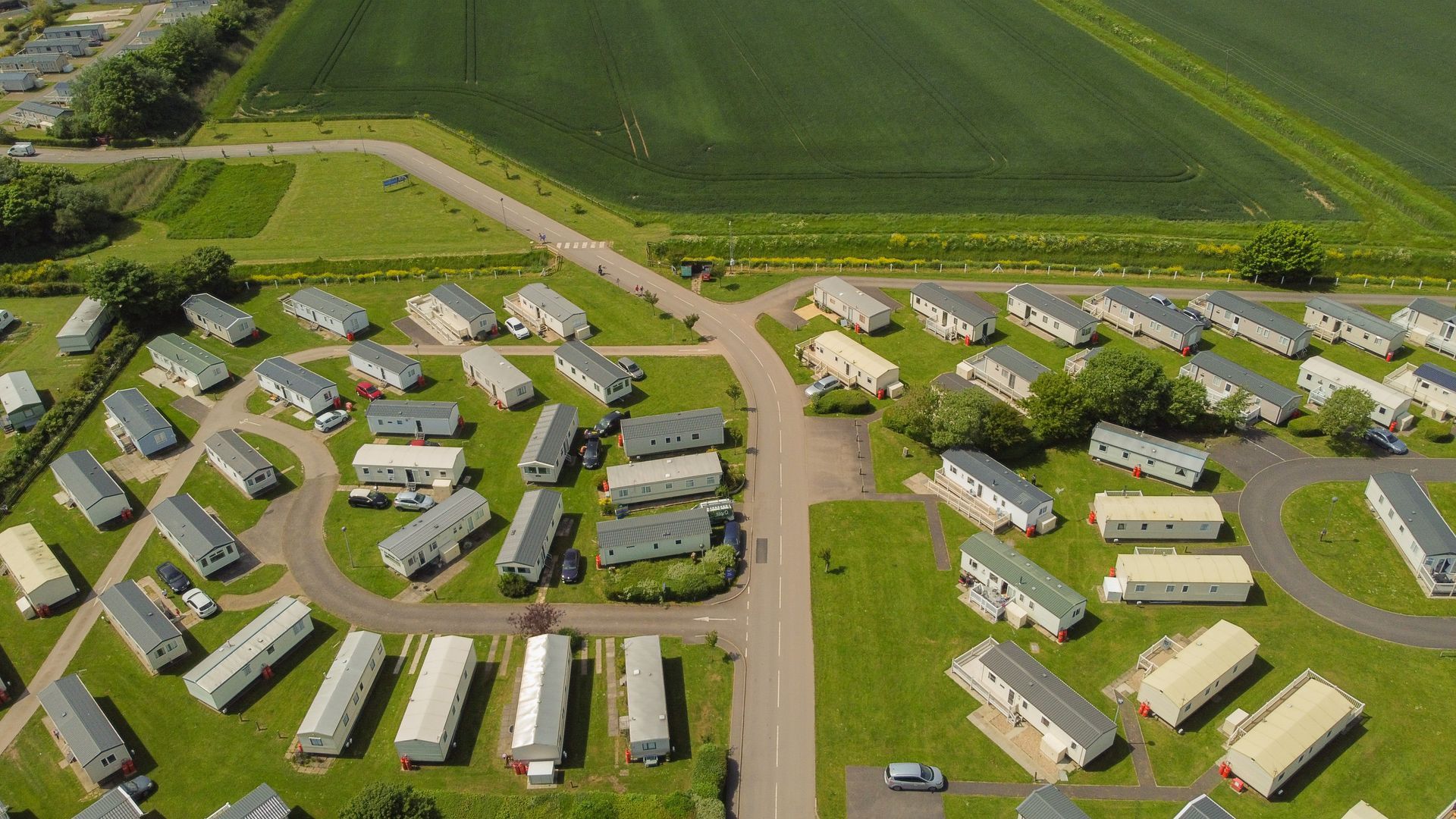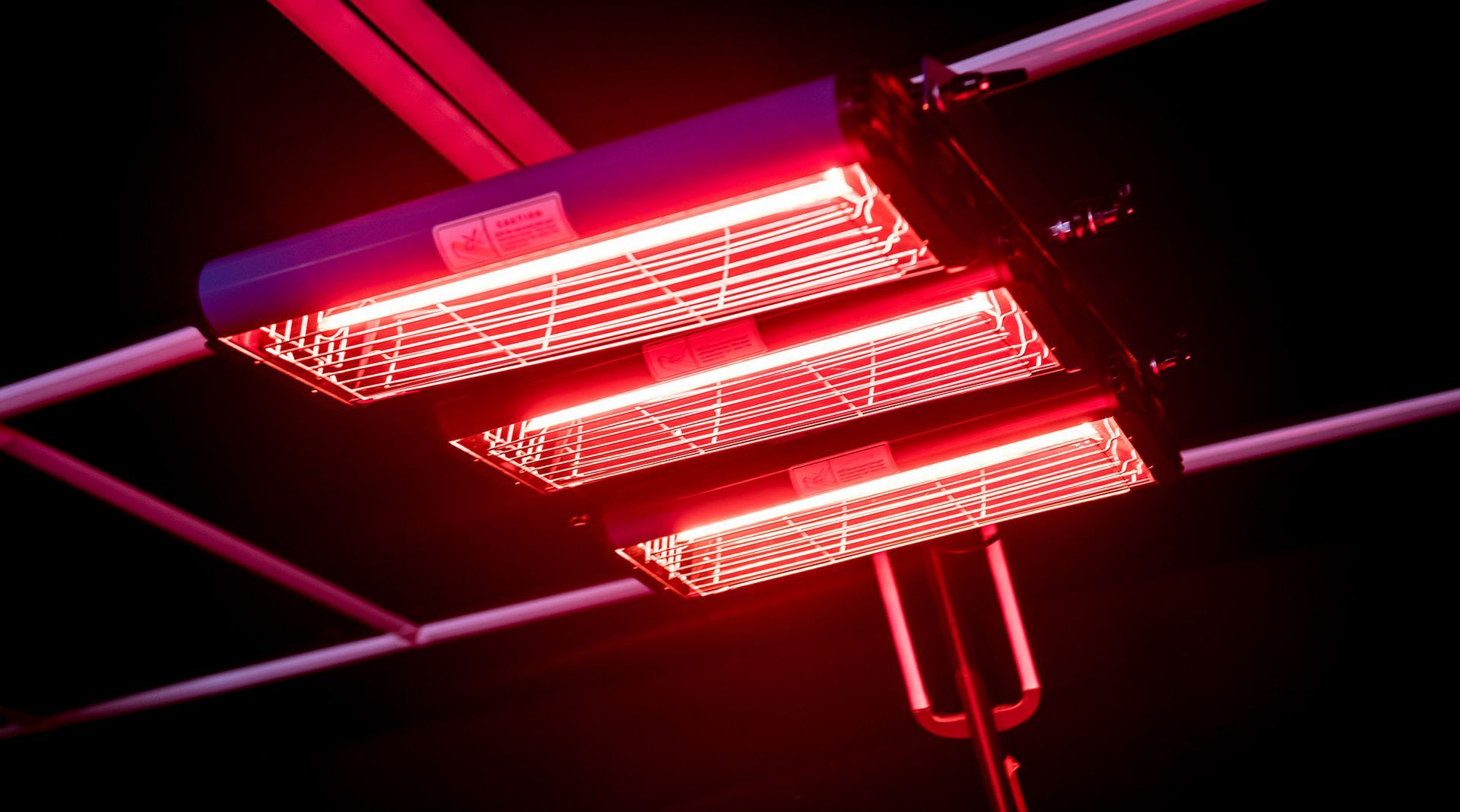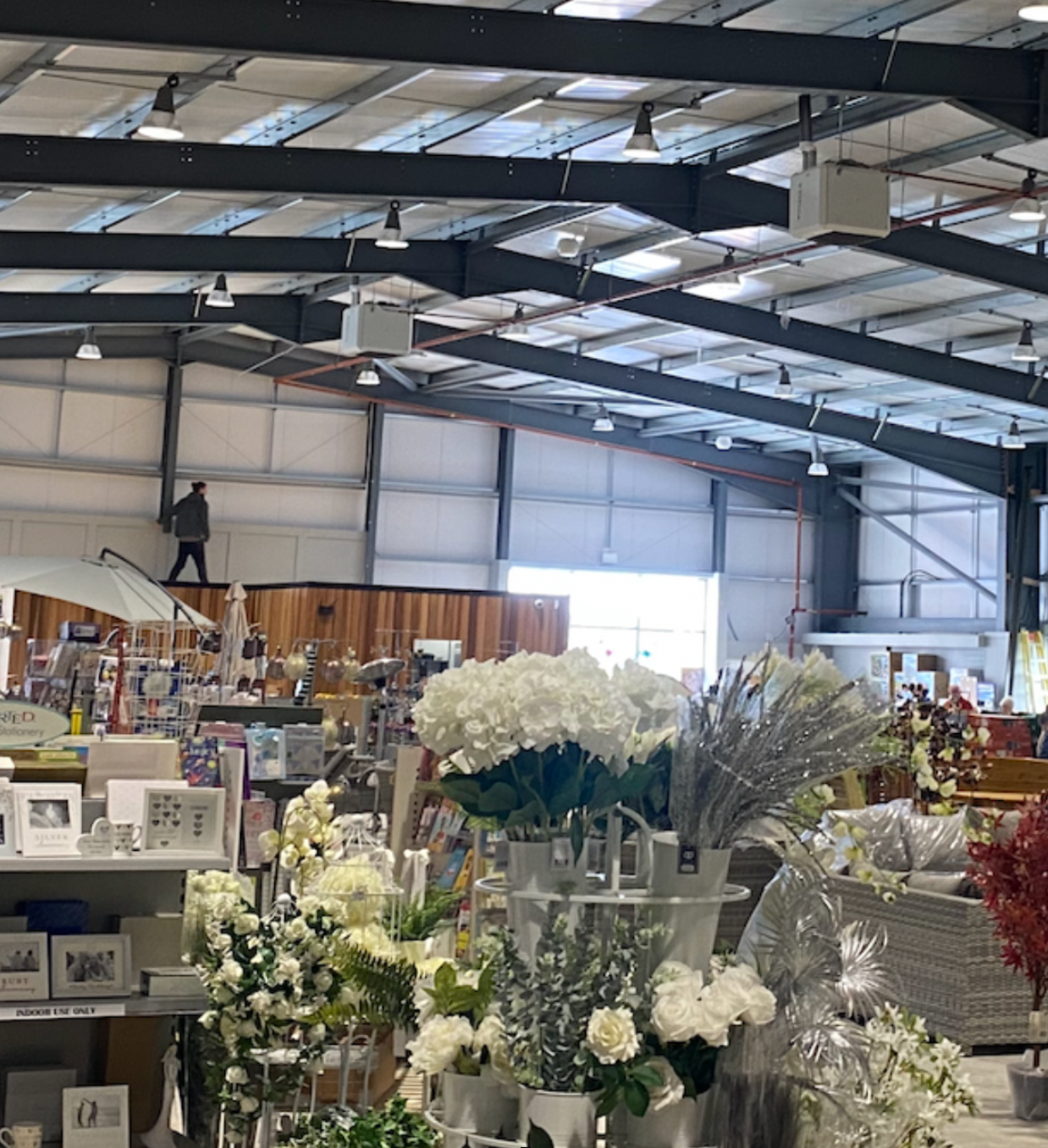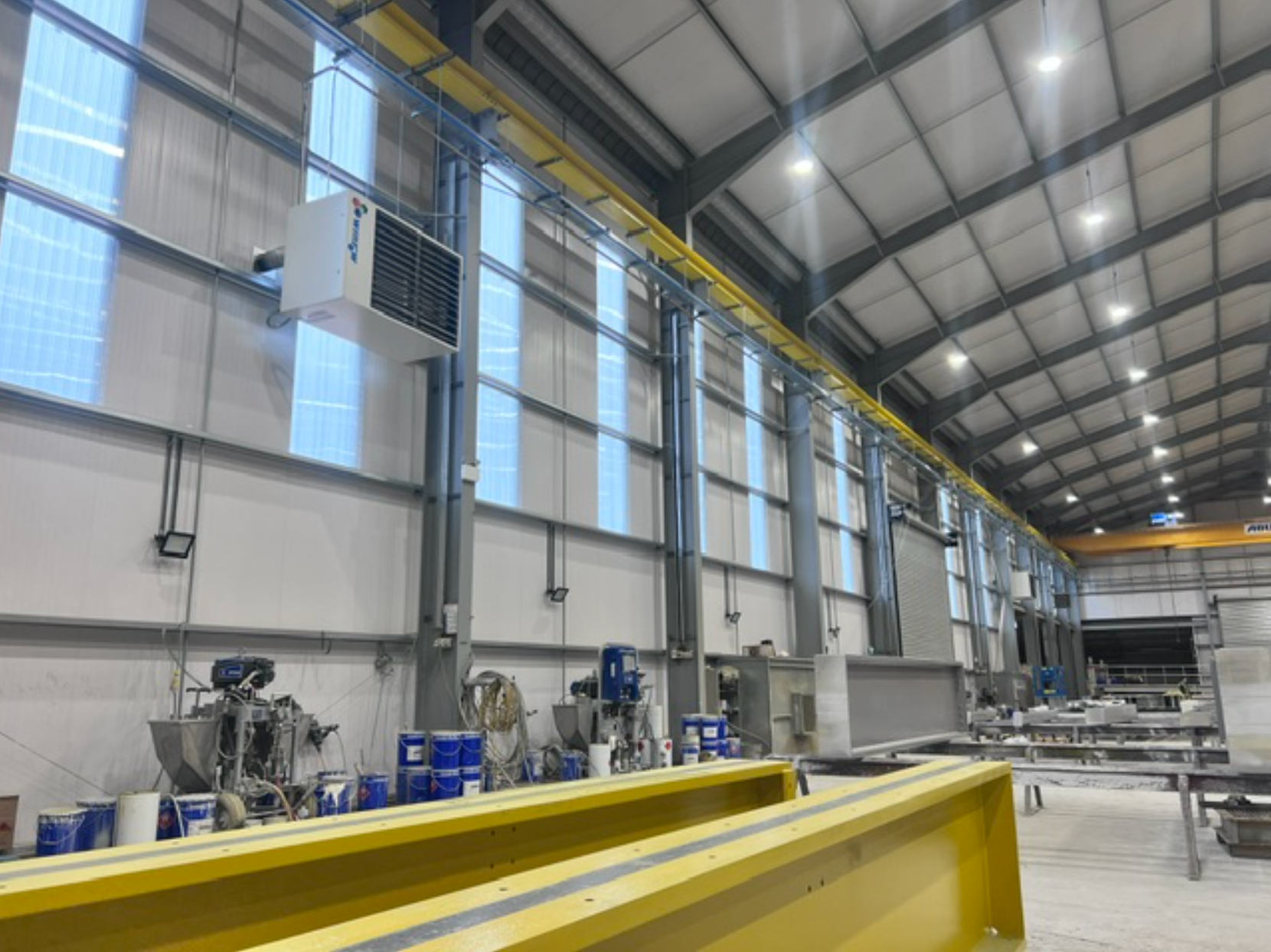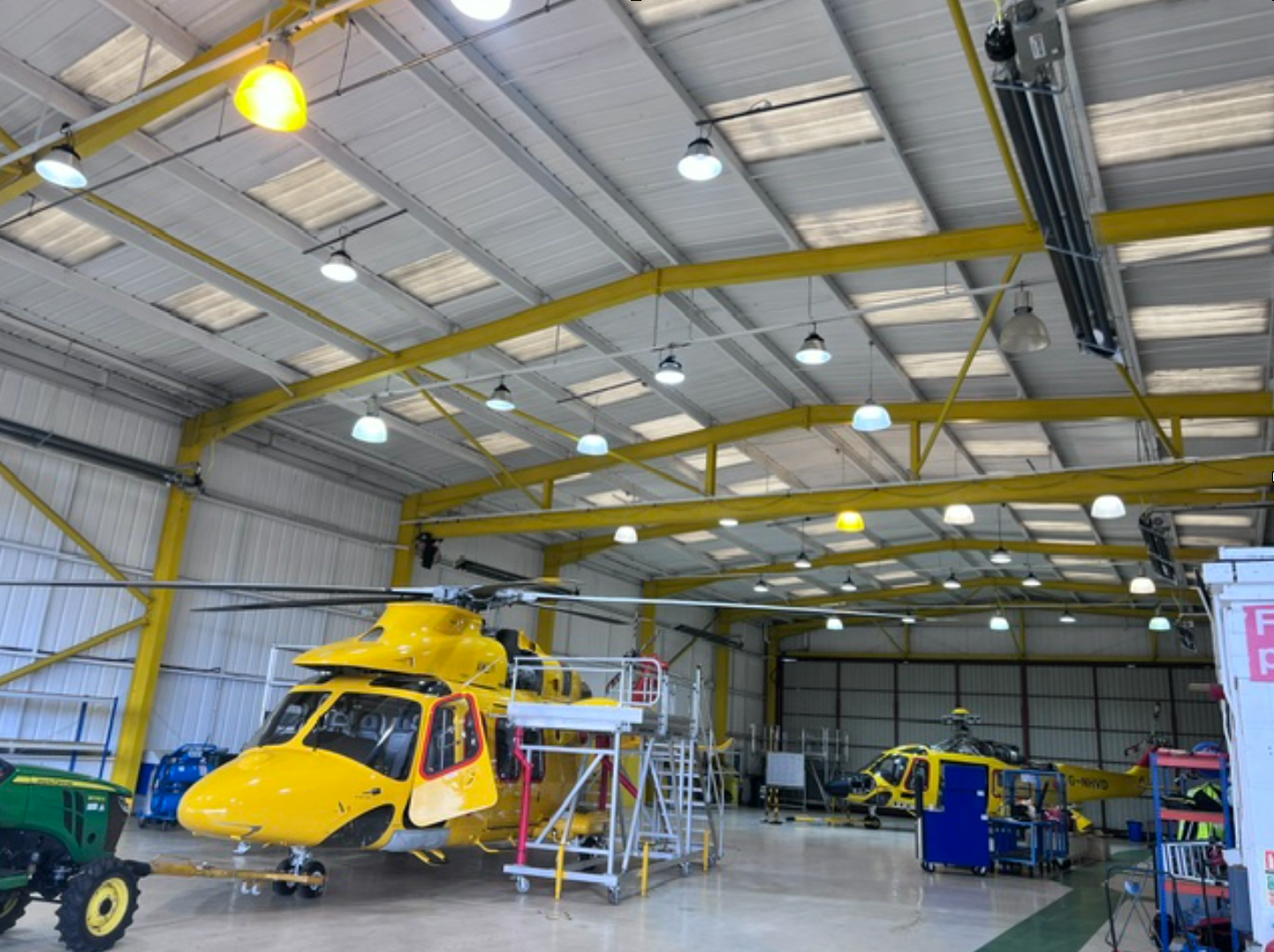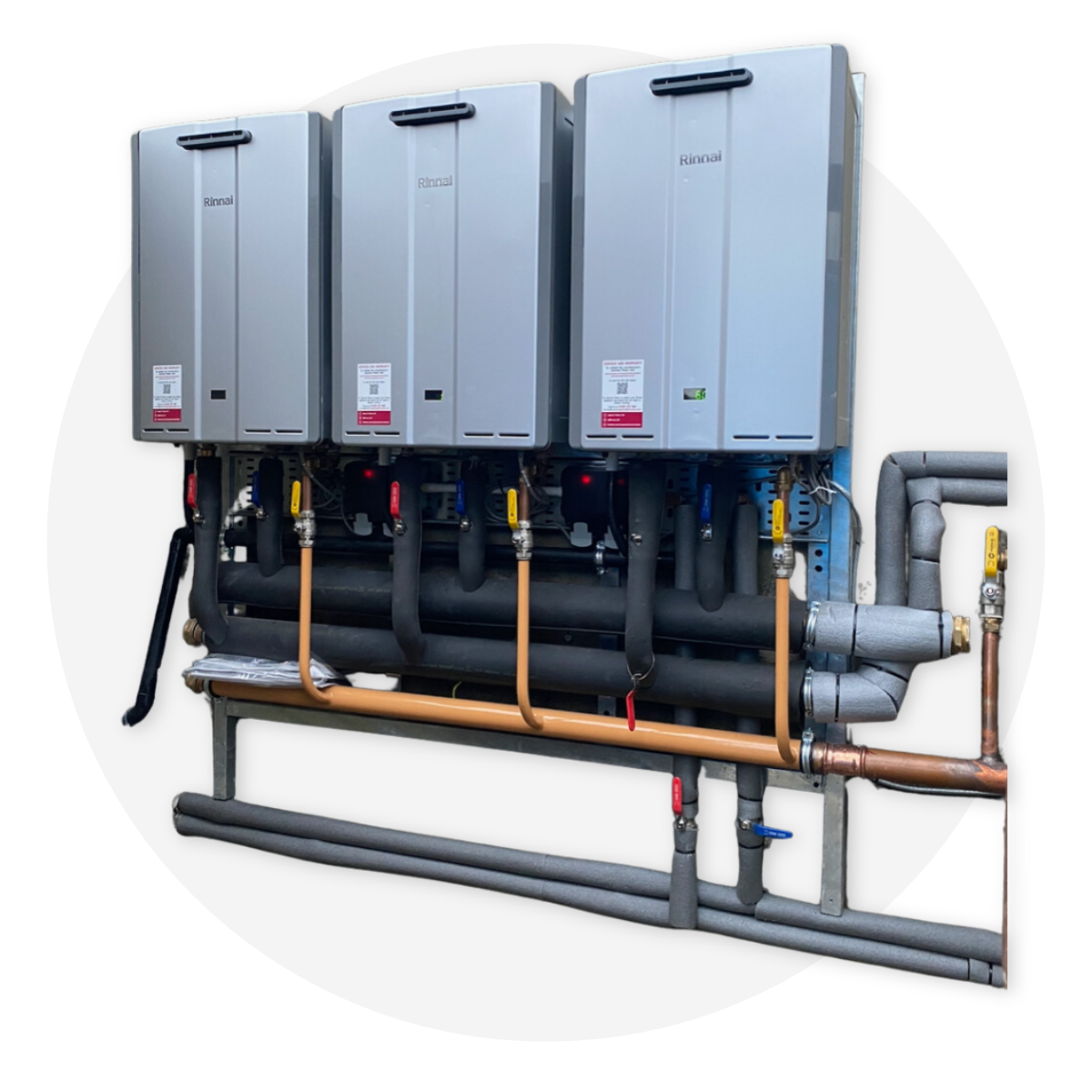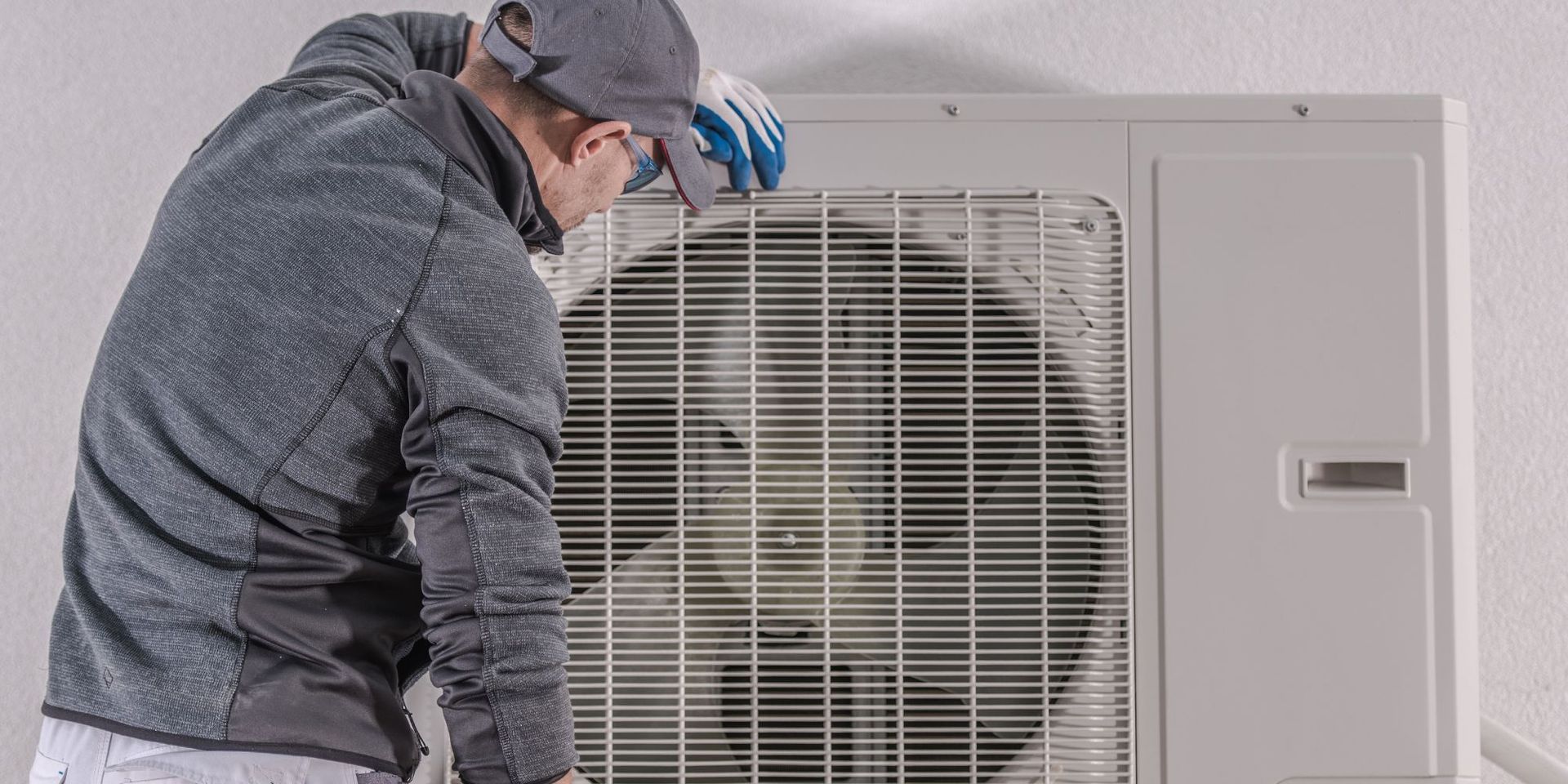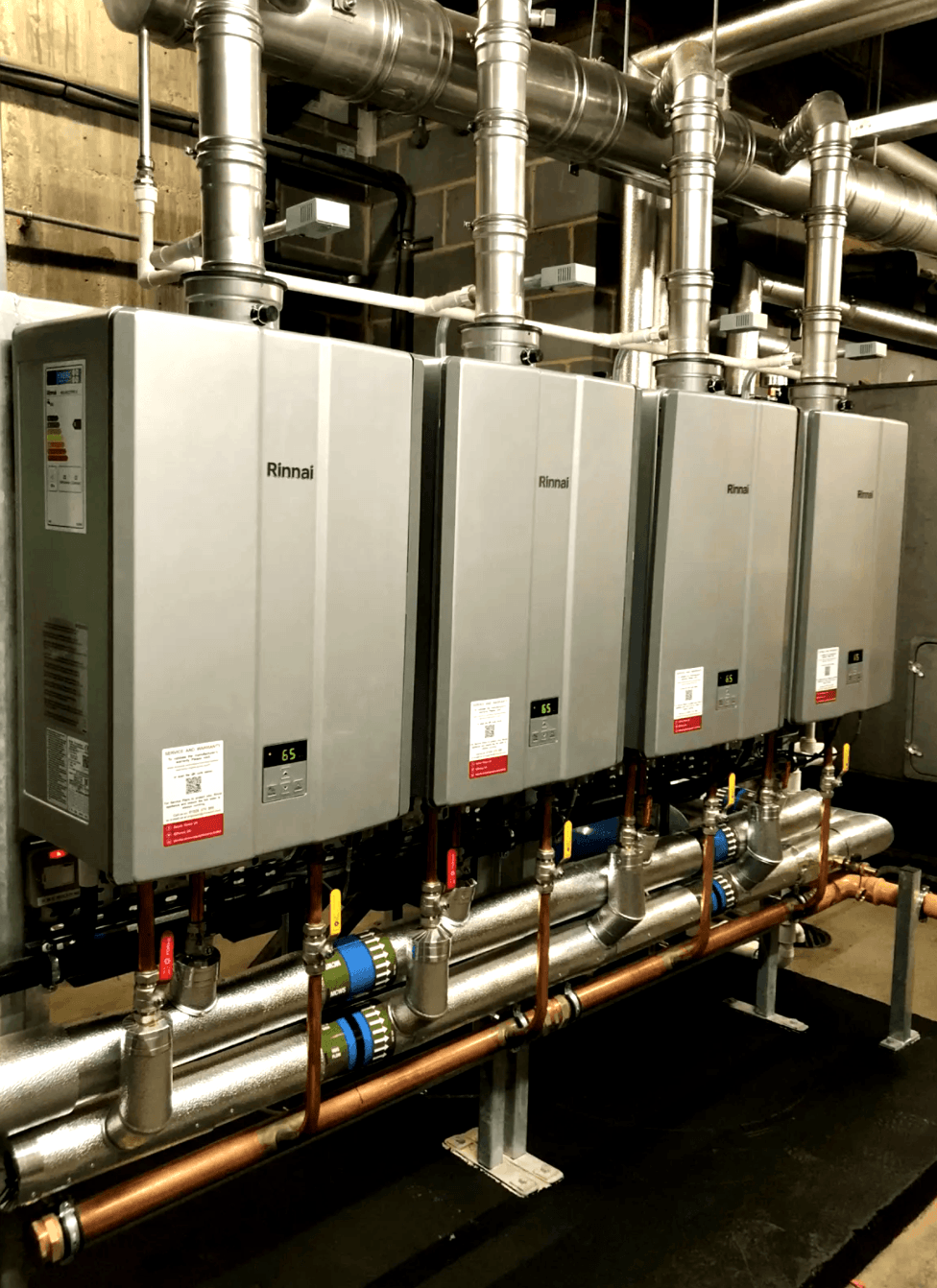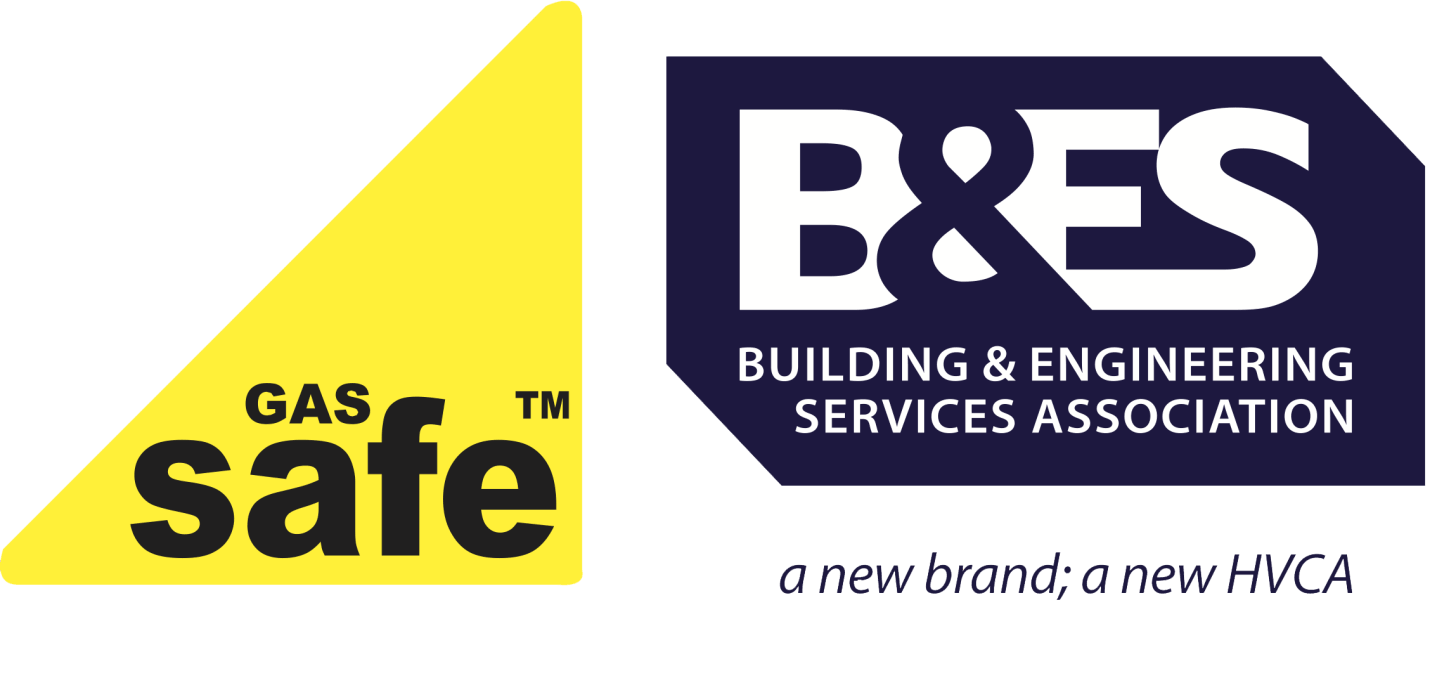How to Get Hot Water in Your UK Log Cabin or Glamping Pod?
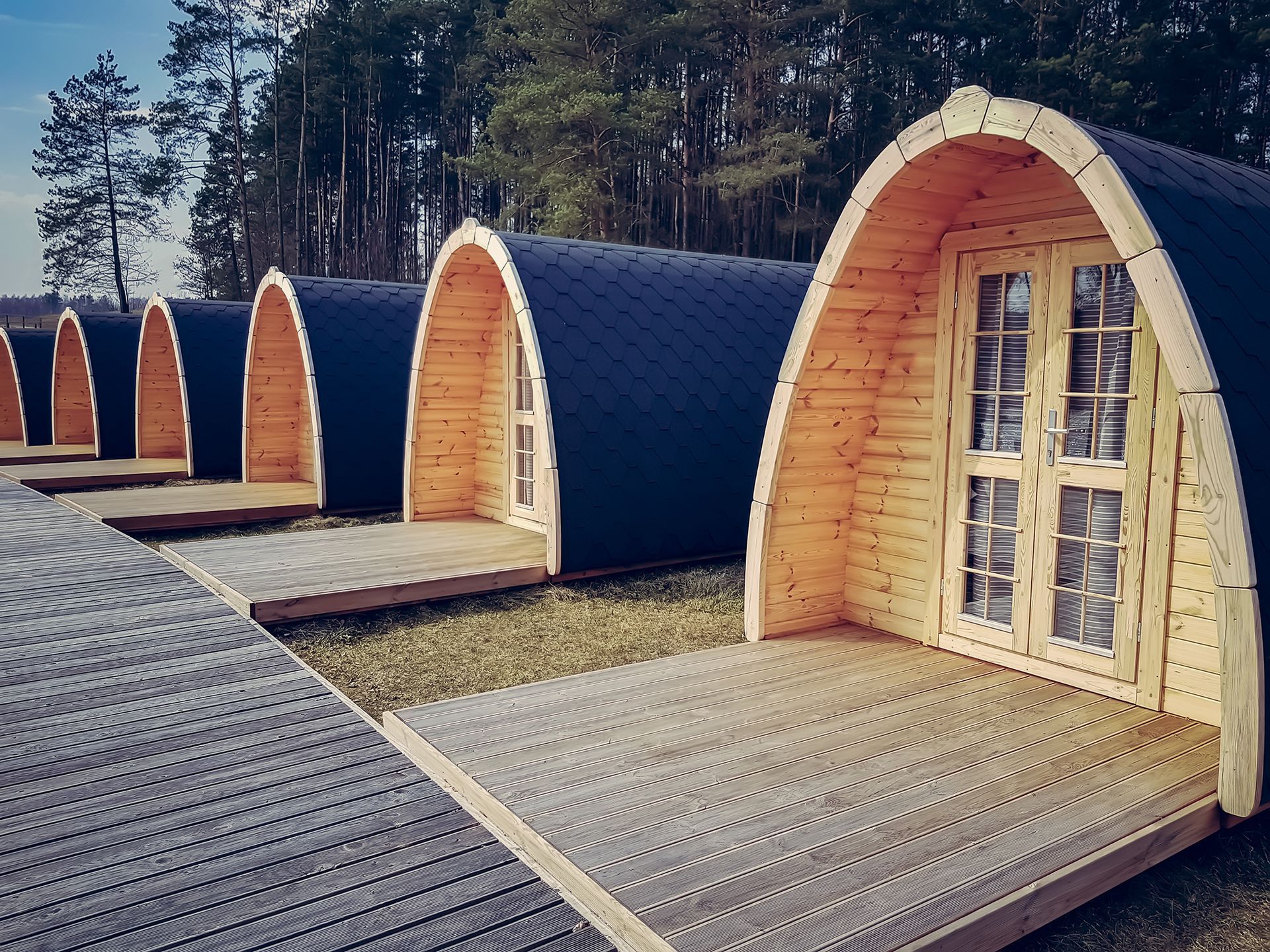
When it comes to hot water in your UK log cabin or glamping pod you have a big decision to make: what boiler system to choose. You have options, combi boilers for smaller spaces or system boilers for larger off grid retreats. But which one is for you? Consider your hot water needs, budget and space - and that’s just the start. As you weigh up the pros and cons of each you’ll need to think about maintenance, energy efficiency and more. So what’s the best way to get hot water flowing in your little cabin or pod?
Boiler System
When it comes to hot water in your glamping pod or log cabin you have to choose the right boiler system.
A combi boiler gives you heating and hot water on demand, it’s a popular choice for smaller log cabins.
A system boiler stores hot water in a cylinder, it’s more suitable for larger glamping pods or log cabins with multiple bathrooms.
When deciding which one to choose, consider your hot water needs.
If you have a small log cabin with few occupants a combi boiler might be the answer.
But if you have a larger glamping pod or log cabin with multiple bathrooms a system boiler would be better.
Also consider the space for the boiler system and the complexity of the installation.
Log Cabin Boiler Options
You’ll find a variety of boiler options for your UK log cabin, each with it’s own features and benefits.
When it comes to log cabins you need a boiler that can cope with your hot water demands. The XL110 ATAG System Boiler (107kW) and XL70 ATAG System Boiler (68.5kW) are popular choices, high performance heating and hot water solutions. These boilers are designed to provide a reliable and efficient supply of hot water even in the most remote of locations.
If you’re looking for an eco friendly option a wood fired hot water system could be the way to go. These systems use renewable energy sources to heat your water, reducing your carbon footprint and energy bills.
However they do need regular maintenance and upkeep to run at their best.
When choosing a boiler for your log cabin consider your hot water needs, budget and space.
You need to choose a boiler that’s right for you, so you have hot water all year round.
Combi Boilers for Glamping Pods
As you move from log cabins to glamping pods you’ll need a more compact hot water solution and that’s where combi boilers come in.
Combi boilers are perfect for glamping pods because of their compact size and ability to give you hot water and heating in one unit. This makes them ideal for smaller spaces where energy efficiency is key.
When choosing a combi boiler for your glamping pod consider the number of occupants and the amount of hot water required. For smaller pods a lower kW output may be enough, like the Q25CR ATAG Combi Boiler (25kW). For larger pods or multiple occupants a higher kW output may be needed, like the Q51CR ATAG Combi Boiler (51kW).
Combi boilers are also a cost effective option as they eliminate the need for a separate hot water cylinder, reducing installation and maintenance costs. Plus they give you instant hot water on demand, perfect for glamping pods.
System Boilers for Off Grid Living
Living off grid in your UK log cabin means you need a hot water system that can cope with your unique demands and that’s where system boilers come in.
As a glamping business owner or log cabin resident you need a robust and efficient solution to give hot water to your guests or family. System boilers are a great option for off grid living, a high performance alternative to traditional combi boilers.
The XL110 ATAG System Boiler (107kW) and XL70 ATAG System Boiler (68.5kW) are for larger glamping sites or log cabins with high hot water demands.
These boilers are designed to give a constant supply of hot water even during peak usage. With high output and compact design they’re perfect for off grid locations where space is limited.
Heating Hot Water in Remote Areas
In remote areas where mains gas is limited ATAG’s range of system boilers is the solution for heating hot water in your UK log cabin.
When it comes to camping and glamping having hot water on tap is a must. A water heater installation can be a problem in remote areas but ATAG’s system boilers are the solution.
These boilers are for off grid living, give you hot water even when mains gas isn’t available. Installation is relatively simple and the boilers are energy efficient so you’ll have a lower carbon footprint.
With ATAG’s system boilers you can have a warm and cosy stay in your UK log cabin even in the most remote areas.
Whether you need to install a water heater in your glamping pod or log cabin ATAG’s system boilers are the solution.
With multiple models to choose from you can pick the one that suits you and your budget. By choosing ATAG you’ll have hot water on tap so your remote retreat is comfortable and enjoyable.
ATAG Boiler Models for UK Cabins
You’ll find an ATAG boiler model to suit your UK log cabin, each designed to give hot water in remote areas.
When choosing a boiler for your glamping pods or log cabin you’ll need to think about the specific needs of your space.
The XL110 ATAG System Boiler (107kW) and XL70 ATAG System Boiler (68.5kW) are for larger cabins or multiple bathrooms. These boilers give high performance heating and hot water so perfect for busy glamping sites or large family get togethers.
ATAG’s system boilers work with your existing heating system to give you a constant and reliable supply of hot water.
Built to last and energy efficient you can be sure your ATAG boiler will give years of hassle free operation.
Boiler Size and Capacity
Choosing the right boiler size and capacity is key to having a constant and reliable hot water supply in your UK log cabin. You’ll need to think about the number of occupants, hot water usage patterns and the size of your cabin.
For larger cabins or higher hot water demand the XL110 ATAG System Boiler (107kW) or XL140 ATAG System Boiler (136kW) might be the options. These boilers give a high volume of hot water quickly and efficiently.
For smaller cabins or fewer occupants the XL70 ATAG System Boiler (68.5kW) could be the better choice.
When choosing a boiler you need to balance your hot water needs with the boiler’s capacity to avoid oversizing or undersizing. Oversizing will cost you more in energy bills and wasted resources, undersizing will give you not enough hot water.
Mains Water Vs Tank Water
Choose the right water system for your UK log cabin by understanding the differences between mains water and tank water systems, each with their pros and cons.
Mains water systems connect directly to the mains water supply, giving a constant flow of water. This is perfect for log cabins with high hot water demand as you can fit high capacity boilers like the Q38CR ATAG Combi Boiler (38kW) or Q51SR ATAG System Boiler (51kW).
Tank water systems use stored water which is refilled periodically. This is perfect for log cabins with no mains water or those who want to be more self sufficient.
However tank systems will require additional equipment like pumps and treatment systems to give a constant supply of hot water. If you go for a tank system you could pair it with a lower capacity boiler like the Q25CR ATAG Combi Boiler (25kW) to save energy.
Think carefully about the pros and cons of each.
Electric Water Heaters as an alternative
If a boiler isn’t an option or not desirable then electric water heaters can be a convenient solution for your UK log cabin, a quick and efficient way to heat water.
These electric heaters are perfect for small to medium sized cabins, a reliable source of hot water for your daily needs. You can choose from a range of capacities, from compact units for small cabins to larger models for bigger families or groups.
Compared to combi boilers like the Q25CR ATAG Combi Boiler (25kW) or Q38CR ATAG Combi Boiler (38kW) electric water heaters are cheaper and require less installation work.
They’re also a good option if you don’t want to commit to a full boiler system like the Q51SR ATAG System Boiler (51kW). Electric water heaters are easy to install, maintain and replace, a practical choice for your log cabin.
Boiler in a Log Cabin
When installing a boiler in your UK log cabin you’ll need to consider space, insulation and energy efficiency to get a reliable and cost effective hot water supply.
The right boiler can make all the difference to your log cabin comfort and energy bills.
For smaller log cabins the Q25SR ATAG System Boiler (25kW) or Q25CR ATAG Combi Boiler (25kW) might be the way to go.
These are compact, efficient and designed for smaller spaces.
If your log cabin needs more power the Q38SR ATAG System Boiler (38kW) or Q38CR ATAG Combi Boiler (38kW) might be better.
For bigger log cabins or high hot water demand the Q51CR ATAG Combi Boiler (51kW) is the way to go.
It’s high output gives you a constant supply of hot water even during peak usage.
Remember to consider your log cabin’s specific needs, insulation, window size and occupancy when choosing the right boiler for you.
Summary
You now know the boiler system options for your UK log cabin or glamping pod.
Choose your hot water needs, budget and space when choosing a boiler.
Whether you go for a combi boiler, system boiler, wood fired hot water system or electric water heater make sure it’s right for your setup.
And you’ll have a reliable and efficient hot water supply and your log cabin or glamping pod will be a happy haven.
Share This Post.
Latest News | Winrow Industrial Heating

